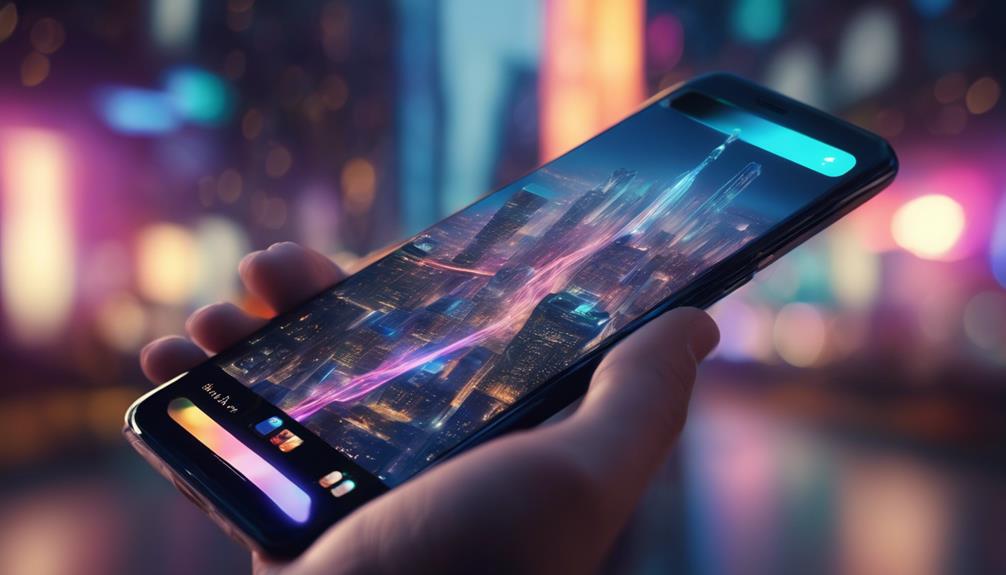In an era where technology is constantly evolving, Microsoft has remained at the forefront of innovation, particularly with its range of gadgets and tools designed to enhance user experience. From desktop enhancements to mobile applications, Microsoft gadgets have played a significant role in personal computing. This article delves into the evolution, functionality, and impact of Microsoft gadgets on everyday tasks and productivity.
The Origins of Microsoft Gadgets
The concept of gadgets in computing can be traced back to the early 2000s when Microsoft introduced the Windows Sidebar in Windows Vista. This feature allowed users to add small applications, known as gadgets, to their desktop for quick access to information and tools. Although the initial reception was mixed, it laid the groundwork for future developments.Identify Old Kitchen GadgetsCool Pet Gadgets
Key Features of Early Microsoft Gadgets
Early Microsoft gadgets were designed to provide users with quick access to information and tools without cluttering their desktops. Some of the key features included:
- Customization: Users could personalize their desktops with various gadgets, such as weather widgets, clock displays, and news feeds.
- Real-time Updates: Gadgets provided live information, allowing users to stay updated with the latest news, stock prices, or weather forecasts.
- User-friendly Interface: The simple drag-and-drop functionality made it easy for users to add or remove gadgets from their desktops.
The Transition to Windows 10 and the Rise of Universal Windows Platform (UWP)
With the release of Windows 10 in 2015, Microsoft shifted its focus from traditional desktop gadgets to apps that function across various devices through the Universal Windows Platform (UWP). This transition marked a significant change in how users interacted with Microsoft tools.
Benefits of UWP Applications
The UWP approach provided several advantages over traditional gadgets:
- Cross-device Compatibility: UWP apps can run on PCs, tablets, and smartphones, offering a seamless experience across devices.
- Enhanced Security: UWP applications run in a sandbox environment, reducing the risk of malware and enhancing user security.
- Improved Performance: UWP apps are optimized for performance, making them faster and more responsive compared to traditional gadgets.
Popular Microsoft Gadgets and Applications
Over the years, Microsoft has developed a variety of gadgets and applications that have become integral to users’ daily routines. Here are some notable examples:
- Microsoft To Do: This task management app helps users organize their tasks, set reminders, and collaborate with others. Its integration with Outlook enhances productivity.
- Microsoft Sticky Notes: A digital version of traditional sticky notes, this application allows users to jot down quick notes and reminders directly on their desktops.
- Microsoft Weather: Offering real-time weather updates, this app provides users with forecasts and alerts based on their location.
- Microsoft News: This app aggregates news from various sources, allowing users to customize their news feed based on interests.
Case Study: Microsoft To Do
Launched in 2017, Microsoft To Do is an excellent example of how Microsoft has adapted its gadget offerings to modern needs. Initially developed as a successor to Wunderlist, To Do integrates seamlessly with Microsoft 365, allowing users to sync tasks across devices. A study by Microsoft found that users who employed task management tools like To Do reported a 30% increase in productivity, illustrating the impact of such gadgets on efficiency.
The Future of Microsoft Gadgets
As technology continues to advance, the future of Microsoft gadgets looks promising. The integration of artificial intelligence (AI) and machine learning is set to enhance the functionality and user experience of Microsoft applications further.
Emerging Trends in Microsoft Gadgets
- AI Integration: Features like intelligent task suggestions and automated reminders are expected to become more prevalent, making apps smarter and more intuitive.
- Increased Collaboration Tools: As remote work becomes more commonplace, Microsoft is likely to enhance its collaboration tools within its suite of gadgets and applications.
- Enhanced Customization: Future gadgets may offer even more personalized experiences, allowing users to tailor apps to their specific preferences and needs.
Conclusion
Microsoft gadgets have significantly evolved over the past two decades, transitioning from simple desktop enhancements to sophisticated applications that enhance productivity across devices. With the shift to UWP and the integration of advanced technologies like AI, Microsoft continues to innovate and improve user experiences. As we move forward, the focus on collaboration, security, and personalization will likely shape the next generation of Microsoft gadgets, further solidifying their role in personal computing.
In summary, Microsoft gadgets have transformed the way users interact with technology. By offering tools that are not only functional but also customizable and secure, Microsoft has empowered individuals and organizations alike to work smarter and more efficiently. As technology continues to evolve, so too will the gadgets that enhance our digital lives.
